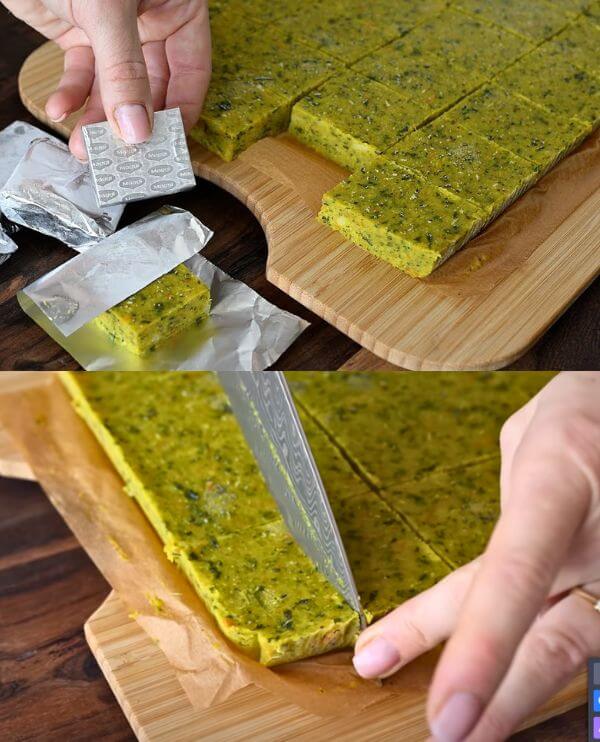Introduction
When it comes to enhancing the flavor of dishes, few ingredients can match the versatility and richness of a well-made vegetable broth. However, store-bought broths often contain additives and chemicals that detract from their nutritional value and taste. In this article, we’ll explore the process of creating homemade vegetable broth without any harmful chemicals. Not only does this method ensure a healthier option, but it also results in a broth that is bursting with flavor and nutrients.
Ingredients for Homemade Vegetable Broth
To create a delicious and wholesome vegetable broth, you’ll need the following ingredients:
- 3 Carrots
- 1 Leek
- 2 Parsnips
- 2 Root Parsley
- 1 Onion
- 2 Cloves Garlic
- 1/2 Kohlrabi
- 1/2 Celeriac and its Leaves
- 1 Turmeric
- A Handful of Parsley
- Sunflower Oil
- 80 Grams of Salt
Each ingredient plays a crucial role in adding depth and complexity to the broth, ensuring a satisfying culinary experience.
Instructions for Making Homemade Vegetable Broth
- Saute the Aromatics: Begin by heating a splash of sunflower oil in a large pot or Dutch oven. Saute the sliced onions and garlic until softened and fragrant, being careful not to burn them.
- Add the Vegetables: Next, add the chopped carrots, parsnips, root parsley, kohlrabi, and celeriac root to the pot. Allow them to cook for a few minutes, allowing their flavors to meld together.
- Simmer the Broth: Pour enough water into the pot to cover the vegetables completely. Add turmeric, salt, and a handful of parsley stems for extra depth. Bring the pot to a simmer, then reduce the heat and let the broth cook gently for about 30 minutes, or until the vegetables are tender.
- Strain the Broth: Once the broth has finished cooking, allow it to cool slightly before straining it through a fine-mesh sieve or cheesecloth. This removes any solids, leaving behind a clear and flavorful broth.
- Immediate Enjoyment or Future Use: At this point, you have two options. You can adjust the salt to your taste and enjoy the broth immediately, reveling in its warmth and nourishment. Alternatively, you can cool the broth completely and portion it into containers for future use. Frozen broth can be added to soups, stews, sauces, or risotto, providing instant depth and flavor to your dishes.
Immediate Enjoyment vs. Future Glory
Deciding whether to enjoy the vegetable broth immediately or save it for later is a personal choice. Drinking it fresh offers immediate satisfaction, allowing you to experience the full spectrum of flavors and aromas. On the other hand, storing it for future use provides convenience and ensures that you always have homemade broth on hand when needed. Whichever path you choose, the result is the same: a nourishing and delicious addition to your culinary repertoire.
Conclusion
Homemade vegetable broth offers a wealth of benefits, from its rich flavor to its nutritional value. By preparing it without chemicals or additives, you can enjoy a healthier alternative to store-bought broths. With simple ingredients and easy-to-follow instructions, making your own vegetable broth at home is both rewarding and delicious. So why not give it a try? Your taste buds—and your body—will thank you.
FAQs
- Can I customize the ingredients in the vegetable broth?
- Absolutely! Feel free to experiment with different vegetables and herbs to suit your taste preferences.
- How long can I store homemade vegetable broth in the freezer?
- When properly stored, homemade vegetable broth can last for several months in the freezer.
- Can I use olive oil instead of sunflower oil for sauteing?
- Yes, olive oil can be a suitable substitute for sunflower oil, adding its own unique flavor to the broth.
- What dishes can I use vegetable broth in?
- Vegetable broth is incredibly versatile and can be used in soups, stews, sauces, risotto, and more.
- Are there any alternative methods for making vegetable broth?
- Yes, you can also make vegetable broth using a slow cooker or pressure cooker for added convenience.
